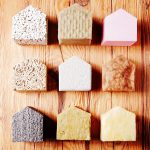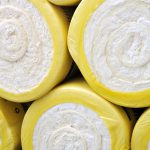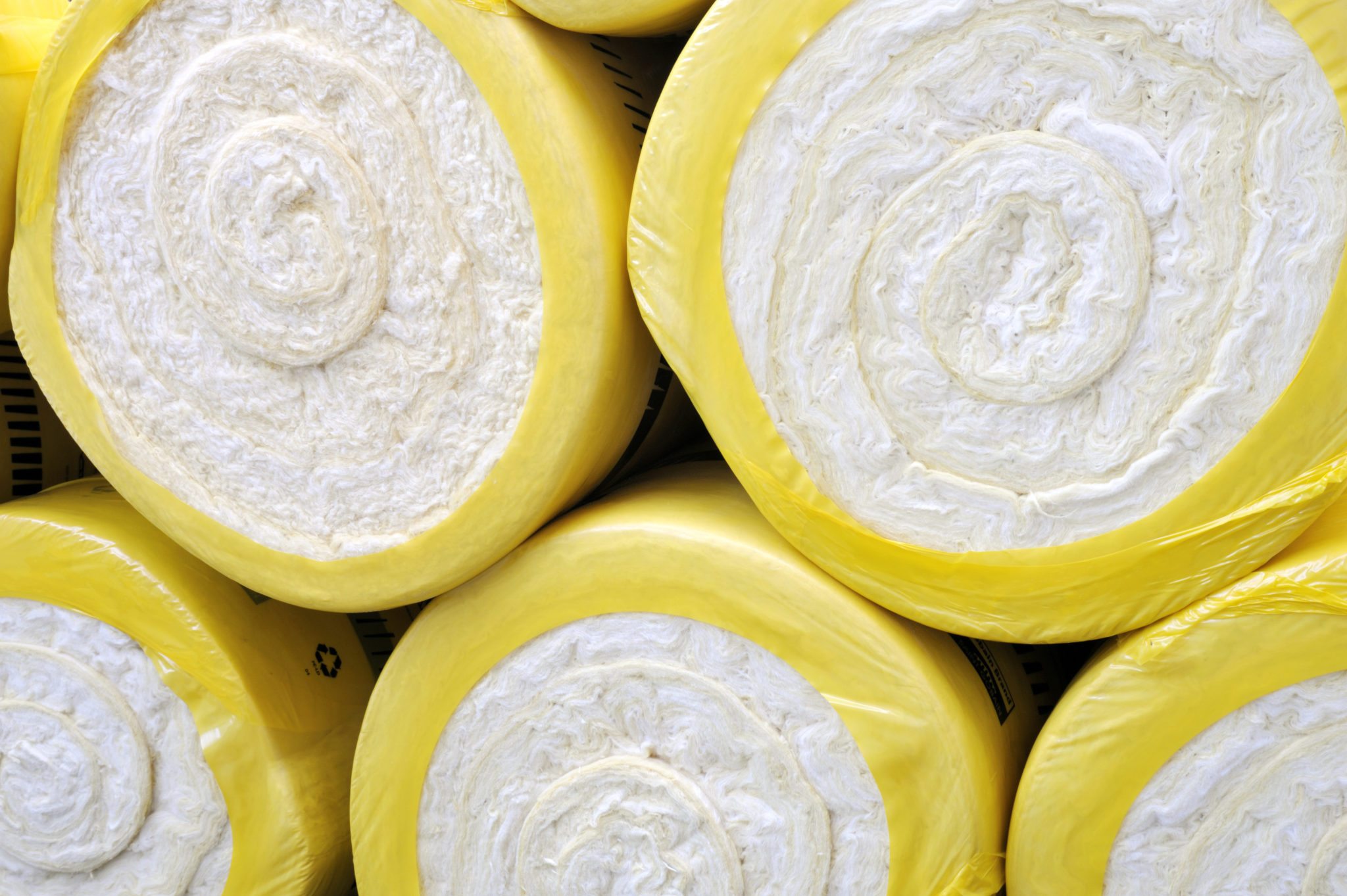As a qualified engineer and Passivhaus Designer, I’ve been designing, modelling, specifying and witnessing insulation in a variety of buildings for quite a while. While I try to stay humble and always look for more to learn, I like to think I know quite a lot about insulation. But every now and then my smug preconceptions are shattered, and I realise that while there’s a lot of stuff I know I know, there’s a bit I know I don’t know, but the amount I don’t know I don’t know is still enormous.
A few weeks back I was looking at some loft insulation that didn’t quite look thick enough. The builder promised that he had fitted the right thickness and I had no reason to doubt him. However, what he meant was that he had put in two layers of stuff that said on the packet it was 200mm. I climbed back up into the loft armed with a tape measure and sure enough it was significantly less.
Some time ago I ran some numbers to see what the most cost effective way of insulating a loft was. I looked up the prices of a range of grades of mineral wool on a retail website. In the case of wall slabs, for a given thickness, the cost of mineral wool rises sharply as the conductivity reduces – not quite doubling to go from 0.037 W/m.K to 0.034, and not quite doubling again to go down to 0.032. I worked out the cost per m2 to achieve a given U-value. It turns out that on this rather simplistic comparison, the cheapest way to hit a U-value in a loft is to spec a greater thickness of a lower performance insulation. So ever since then, I’d been proposing loft insulations with mineral wool of lambda values of 0.040 or even 0.044 on the basis that generally in lofts, there’s plenty of space.
I had never given much thought to the reasons for the cost increase of lower conductivities, other than being perhaps down to finer, more difficult to make fibres in the better grade material, and market forces. Slightly counter-intuitively, it’s really all about density: the more dense the mineral wool, the better the conductivity. This is because the dominant, residual mechanism for heat flow through such products is convection and a denser product means less convection, but more cost per m3.
 Most mineral wool products of this sort come in compressed rolls or slabs, and it’s possible that this was a factor in my under-spec loft. The product should spring back to the specified thickness when the packet is opened. As with most things ‘there’s a standard for that’ which involves gently dropping the product on edge “from knee-height” on both sides to promote decompression. I don’t think Knee-height is likely to be accepted as an SI unit, but there is a precedent for that sort of thing. It’s very rarely a problem but, in theory, if a packet was particularly old (over a year or two) the wool may have lost some if its ability to spring back.
Most mineral wool products of this sort come in compressed rolls or slabs, and it’s possible that this was a factor in my under-spec loft. The product should spring back to the specified thickness when the packet is opened. As with most things ‘there’s a standard for that’ which involves gently dropping the product on edge “from knee-height” on both sides to promote decompression. I don’t think Knee-height is likely to be accepted as an SI unit, but there is a precedent for that sort of thing. It’s very rarely a problem but, in theory, if a packet was particularly old (over a year or two) the wool may have lost some if its ability to spring back.
I didn’t really get to the bottom of why the mineral wool wasn’t as thick as it should have been so we just topped it up. In the grand scheme of most building projects, insulation is cheap.
The episode made me re-consider my policy of ‘lots of low performance insulation’ for lofts, for several reasons. Firstly, my intuition is that denser products are less likely to suffer from under-expansion when removed from the packet. Secondly, denser products are easier to handle and install correctly, and therefore more likely to be fitted neatly, pushed right out into the eaves, butted and ‘knitted’ firmly together. I have yet to do the analysis on this, but I suspect that the thermal bridging at the eaves is less for a thinner layer of better insulation, because there is greater thermal resistance across the narrowest part. Finally, some people are querying the impact of wind-washing (a type of thermal bypass) even within lofts, which one might consider to be protected from the wind. Denser fibrous products will be more resistant to such wind-washing.
This is a great example of the level of detail that is necessary when designing high performance buildings. All of the factors mentioned above are really about closing the performance gap as opposed to designing without leaving your desk. When I thought I was being smart to optimise the cost of the loft insulation, it’s probably a false economy when you put away the calculator and get your hands dirty.
What are your thoughts on the fine detail of loft insulation?






